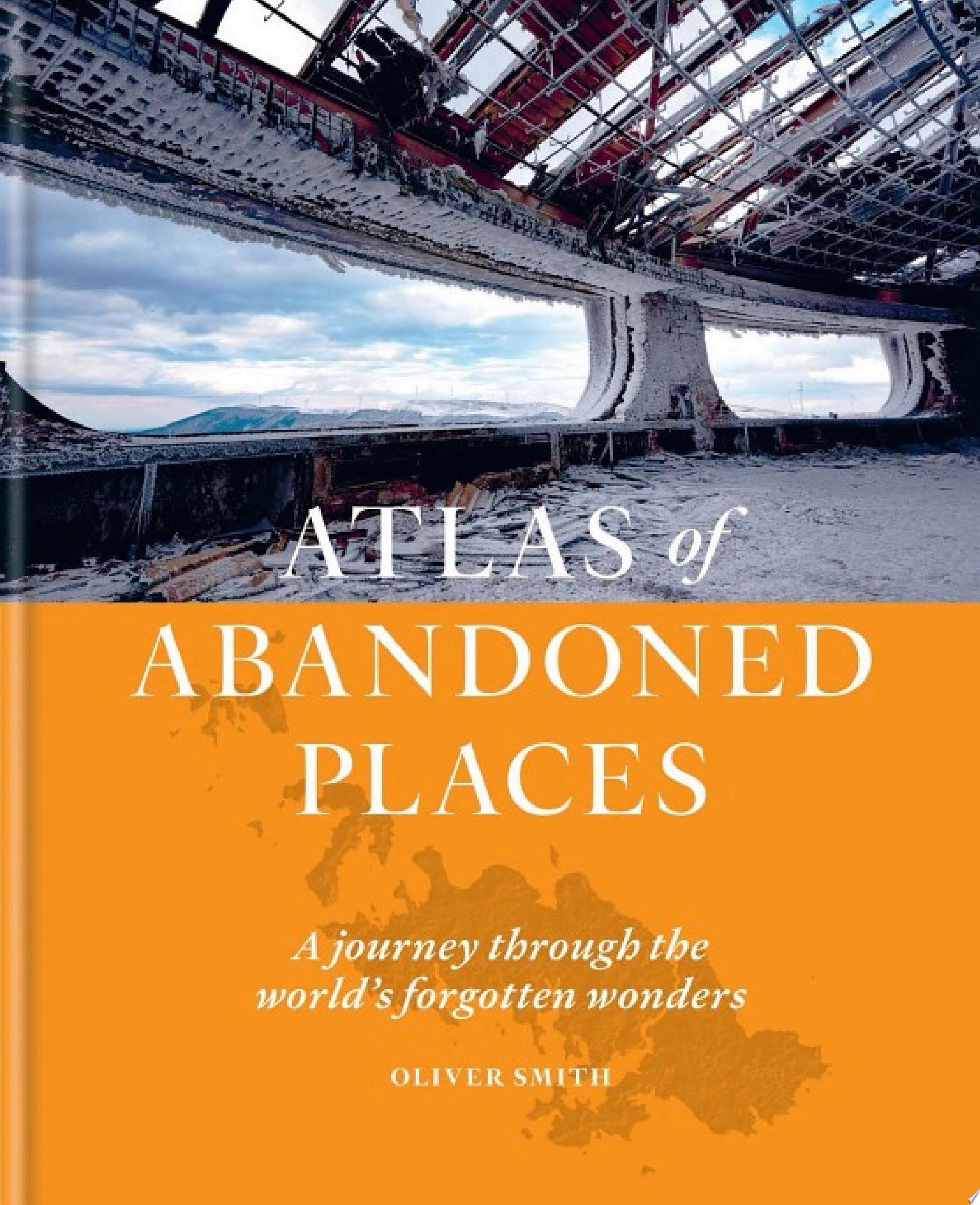|
 |
The Atlas of Abandoned Places: A journey through the world's forgotten wonders
|
Oliver Smith
|
 |
Travel, Maps & Road Atlases, Technology & Engineering, Cartography, Photography
|
Octopus
|
'A remarkable collection of wonders...Lavishly produced, cleverly curated and elegantly scripted, it takes us to some of the strangest places on Earth, and offers us a peep through the keyhole.' The "Spectator "
The globe is littered with forgotten monuments, their beauty matched only by the secrets of their past.
A glorious palace lies abandoned by a fallen dictator. A grand monument to communism sits forgotten atop a mountain. Two never-launched space shuttles slowly crumble, left to rot in the middle of the desert. Explore these and many more of the world's lost wonders in this atlas like no other.
With remarkable stories, bespoke maps and stunning photography of fifty forsaken sites, "The Atlas of Abandoned Places "travels the world beneath the surface; the sites with stories to tell, the ones you won't find in any guidebook.
Award-winning travel writer Oliver Smith is your guide on a long-lost path, shining a light on the places that the world forgot.
Locations featured in the book include:
Europe: Maunsell Forts, Aldwych Station, Paris Catacombs, La Petite Ceinture, Craco, Teufelsberg, Beelitz-Heilstätten, Red Star Train Graveyard, Pyramiden, Salpa Line, Buzludzha Monument, Pripyat, Wolf's Lair, Project Riese, Sarajevo Bobsleigh Track, Albanian Bunkers, Rummu Quarry
The Americas & the Carribean: New Bedford Orpheum Theatre, City Hall Station, Bodie, The Boneyards of Western USA, Bannerman Castle, Palace of Sans Souci, Montserrat Exclusion Zone, Ciudad Perdida, Humberstone and Santa Laura, Uyuni Train Cemetery, Fordlândia
The Middle East & the Caucasus: Kayaköy, Burj Al Babas, Varosha, Tskaltubo, Palaces of Saddam
Asia: Ryugyong Hotel, Buran at Baikonur, Mo'ynoq Ship Graveyard, Aniva Lighthouse, Hô' Thuy Tiên Waterpark, Fukushima Red Zone, Hashima
Oceania: Wittenoom, Wrecks of Homebush Bay, Port Arthur, MS "World Discoverer, "Second World Remains of Papua New Guinea
Africa: Shipwrecks of the Skeleton Coast, Kolmanskop, Mobutu's Gbadolite, Mos Espa, São Martinho dos Tigres
|
|
|
|